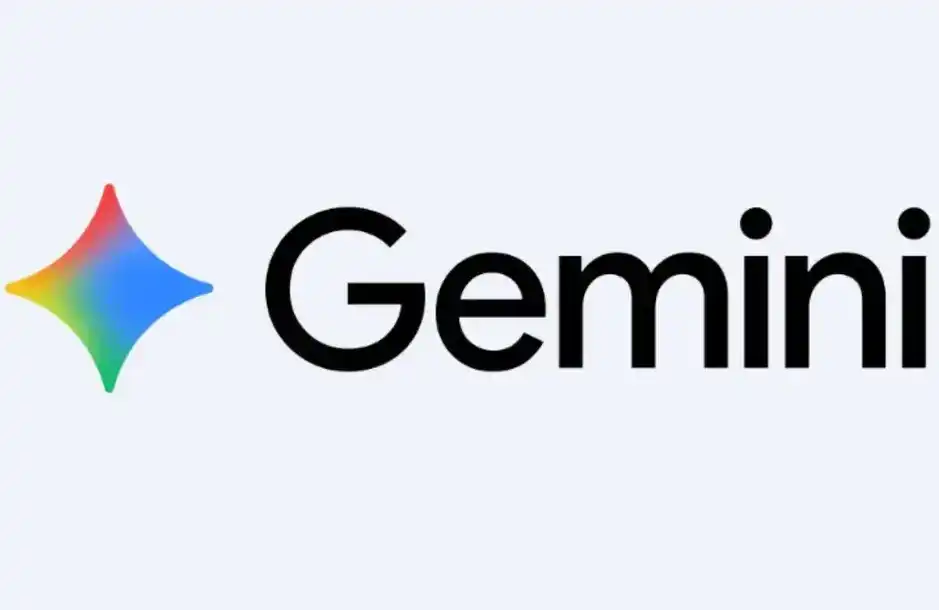Eclipse Labs' Strategic Pivot to Consumer Apps: A High-Stakes Gamble in a Crowded Blockchain Landscape
- Eclipse Labs shifts from Layer 2 infrastructure to consumer apps, leading to 65% workforce cuts and a 65% token price drop. - The pivot mirrors industry trends but faces execution risks, contrasting with Abstract's 1M wallets and Berachain's $3.26B TVL success. - Investors weigh Eclipse's hybrid model against Solana/Sui dominance, noting underperforming $50M funding vs. $89.7B DeFi growth projections. - Token utility and market confidence remain critical challenges, with Q3 airdrops and Q4 governance act
Blockchain's evolution has long been defined by its ability to disrupt. Yet, in 2025, the sector faces a paradox: while infrastructure innovations like zero-knowledge proofs and high-throughput consensus mechanisms continue to advance, the market increasingly demands tangible, user-centric applications. Eclipse Labs' recent pivot from Layer 2 infrastructure to consumer apps—marked by a 65% workforce reduction and a token price collapse—reflects this tension. The question for investors is whether this shift represents a defensible long-term strategy or a desperate repositioning in a saturated market.
The Eclipse Dilemma: From Infrastructure to Apps
Eclipse Labs, once a Layer 2 blockchain developer, has abandoned its infrastructure-centric model in favor of building “breakout applications” to drive adoption. The rationale is clear: blockchain's utility hinges on real-world use cases. Yet, the execution has been fraught. The ES token, launched in July 2025, plummeted 65% to $0.16 by August, and a further 13.2% drop followed the restructuring announcement. This underperformance mirrors broader skepticism toward utility tokens, which now face heightened scrutiny for delivering value beyond speculative hype.
The pivot's risks are amplified by Eclipse's reduced workforce and leadership overhaul. Sydney Huang, the new CEO, inherits a team 65% smaller than its pre-pivot size, raising concerns about execution capacity. While a leaner structure may streamline operations, it also limits the agility needed to compete with platforms like Solana and Sui, which have prioritized user adoption through scalable NFTs and high-speed transactions.
Benchmarking Eclipse Against Industry Trends
To assess Eclipse's viability, consider recent case studies of blockchain firms that transitioned to consumer apps:
- Abstract: A zero-knowledge rollup on Ethereum , Abstract removed gas fees and wallet complexity, enabling 1 million wallets in months. Its success hinged on simplifying blockchain for mainstream users—a strategy Eclipse aims to replicate.
- Berachain: By introducing a Proof-of-Liquidity model, Berachain incentivized user participation, achieving $3.26 billion in TVL within a month. This demonstrates the power of aligning token utility with user incentives—a lesson Eclipse must heed.
- Sui and Aptos: These high-performance chains prioritized speed and scalability, targeting gaming and social media. Their growth underscores the importance of niche, high-volume use cases—a path Eclipse has yet to define.
These examples highlight a common theme: successful transitions require not just technical innovation but also a clear value proposition for end users. Eclipse's “Solana on Ethereum” hybrid model is compelling in theory, but without a breakout app to anchor demand, the ES token risks further depreciation.
Financial and User Metrics: A Mixed Picture
Eclipse's $50 million funding round provides a runway, but financial metrics tell a cautionary tale. The ES token's market cap of BTC215.3936 (fully diluted valuation: BTC1,435.9571) lags behind competitors like Sui ($1.2B TVL) and Berachain ($3.26B TVL). User acquisition remains unproven, with no public data on active users or on-chain activity.
In contrast, DeFi platforms and crypto casinos—two sectors that have embraced consumer adoption—show robust growth. DeFi's TVL is projected to hit $89.7 billion by 2025, driven by an 82% annual user growth rate. Crypto casinos, meanwhile, are expected to generate $12.4 billion in gross gaming revenue, with a 94% YoY user increase. These figures suggest that consumer-facing blockchain apps can thrive, but only if they solve real-world problems.
Investment Risks and Opportunities
Eclipse's pivot carries binary outcomes. If it succeeds in building a user-centric app—such as a cross-border payment platform or decentralized identity service—it could capture a slice of the $1,431.54 billion blockchain market by 2030. However, execution risks are acute:
- Token Utility: The ES token's dual role as governance and gas asset remains unproven. Without a clear use case, its value will remain tied to speculative demand.
- Competition: Solana, Sui, and Ethereum's Layer 2s dominate transaction volume, leaving little room for Eclipse to differentiate.
- Market Confidence: The token's 65% drop reflects investor skepticism. Recovery will depend on milestones like Q3 airdrops and Q4 governance activation.
For investors, the key is to monitor metrics like user acquisition rates, TVL growth, and token on-chain activity. A cautious approach is warranted, given the high execution risk. However, those with a long-term horizon may find value in Eclipse's hybrid infrastructure, provided it can deliver a compelling app.
Conclusion: A High-Stakes Bet on Adoption
Eclipse's pivot reflects a broader industry trend: blockchain firms are shifting from infrastructure to user-centric models. While this strategy is theoretically sound, success requires more than technical prowess—it demands a deep understanding of consumer needs and a relentless focus on utility.
For Eclipse, the path forward is fraught. The ES token's underperformance and workforce cuts signal a company in transition. Yet, if it can replicate the success of Abstract or Berachain by building a breakout app, it may yet carve out a niche in the evolving blockchain landscape. Investors should proceed with caution, but those who believe in the long-term potential of user-driven blockchain adoption may find Eclipse's pivot worth the risk.
Disclaimer: The content of this article solely reflects the author's opinion and does not represent the platform in any capacity. This article is not intended to serve as a reference for making investment decisions.
You may also like
Borrowing short to repay long: The Bank of England and the Bank of Japan lead the shift from long-term bonds to high-frequency "interest rate gambling"
If expectations are not met, the government will face risks of uncontrollable costs and fiscal sustainability due to frequent rollovers.

How do 8 top investment banks view 2026? Gemini has summarized the key points for you
2026 will not be a year suitable for passive investing; instead, it will belong to investors who are skilled at interpreting market signals.

Valuation Soars to 11 Billions: How Is Kalshi Defying Regulatory Pressure to Surge Ahead?
While Kalshi faces lawsuits and regulatory classification as gambling in multiple states, its trading volume is surging and its valuation has soared to 11 billion dollars, revealing the structural contradictions of prediction markets rapidly growing in the legal gray areas of the United States.

How will the Federal Reserve in 2026 impact the crypto industry?
Shifting from the technocratic caution of the Powell era, the policy framework is moving towards a more explicit goal of reducing borrowing costs and serving the president's economic agenda.
